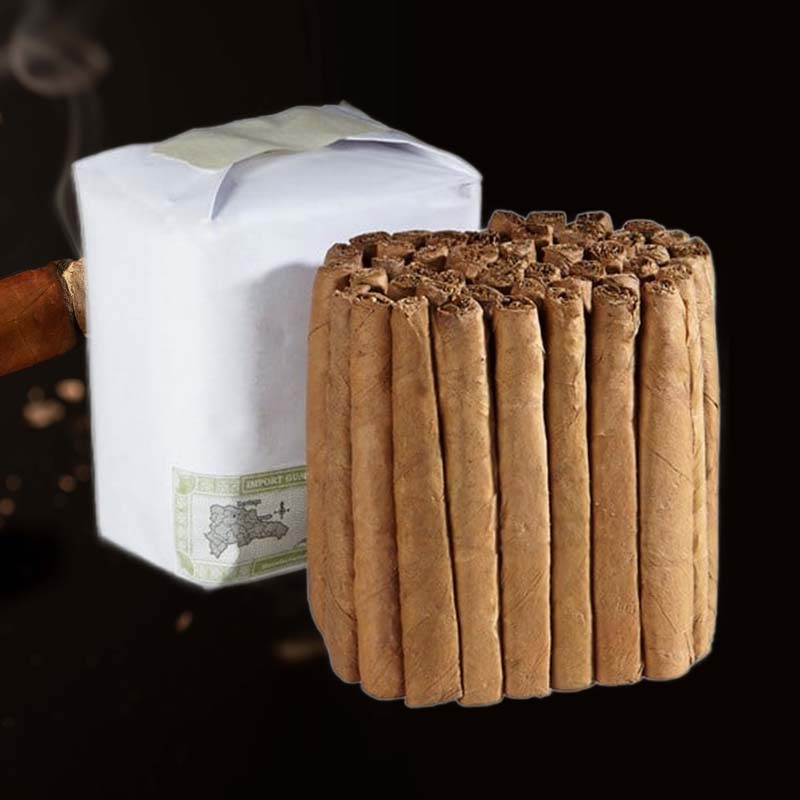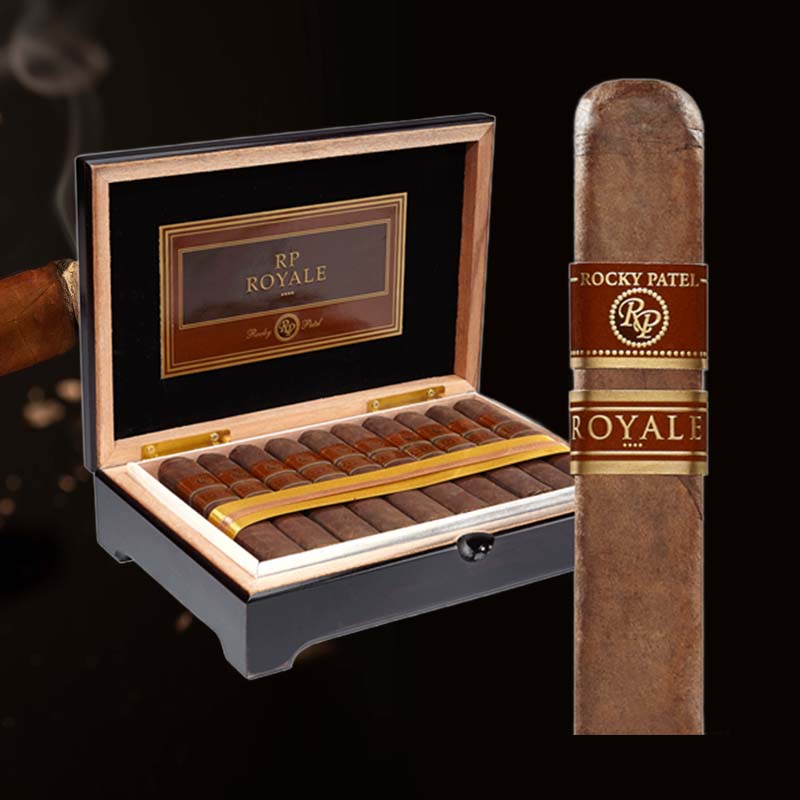How to fix a broken torch lighter
Introduction: Fixing That Jet Lighter You Love
There’s something about that flick of a torch lighter; the way it ignites instantly with a burst of flame always gives me a thrill. It becomes more than just a tool; it’s almost like a trusty companion. So, when it suddenly stops working, it feels a little like losing a friend. But don’t worry, I’ve been down this road before, and I’m here to guide you through how to fix a broken torch lighter, bringing it back to life so we can continue to enjoy the things we love most.
Overview of Common Torch Lighter Issues
Before diving into the repair process, I want to highlight the common issues I’ve encountered with torch lighters:
- Flame not igniting
- Flame too weak or too high
- Clogged jets
- Fuel doesn’t release
- Ineffective ignition mechanism
Step 1: Gather Your Tools and Supplies
Essential Tools Needed for Repair
Getting started means gathering some basic tools. Here’s what I recommend keeping on hand:
- Small screwdriver set
- Compressed air canister
- Butane fuel
- Soft cloth
- Needle or a fine wire for cleaning
Step 2: Diagnose the Problem
Identifying Common Issues with Torch Lighters
Once I’ve gathered my tools, the next step is to figure out what’s wrong. Here’s how I approach diagnosis:
- Check for any visible damage.
- Inspect the flame height—does it stay consistently low?
- Listen closely—any odd hissing sounds might indicate gas issues.
Step 3: Open Your Torch Lighter
Proper Techniques for Safely Opening Your Lighter
With the diagnosis in hand, it’s time to get physical. Carefully open your lighter using a small screwdriver. I always make sure to follow these tips:
- Remove screws slowly to prevent stripping them.
- Make note of how the pieces fit together, or take a picture for reference.
- Handle all internal parts gently—they’re quite fragile.
Step 4: Adjusting the Flame Height
How to Modify the Flame Settings
Next, I focus on flame height. If it’s too low or too high, I locate the adjustment screw, usually at the bottom of the lighter. Here’s my little routine:
- Turn the screw clockwise for a higher flame.
- Counter-clockwise usually lowers the flame.
- Test in short bursts to avoid any surprises!
Step 5: Clean the Jets
Steps to Clean Clogged Jets
Clogged jets can be a pain. To clear them out, I take these steps:
- Use a compressed air canister to blow out debris.
- If that doesn’t work, a fine needle gently pushed through the jet can help.
Step 6: Check the Ignition Mechanism
Inspecting the Ignition Spark and Components
I often find that the ignition mechanism is the culprit. Here’s how I inspect it:
- Look for dust or dirt; a gentle clean with a cloth can resolve issues.
- Check the spark; if it’s weak, it might need replacing.
Step 7: Addressing Fuel Issues
How to Refill and Bleed the Tank Correctly
Next, I tackle fuel issues. Here’s my quick guide:
- Ensure you’re using quality butane.
- Bleed the tank to release built-up pressure before refilling.
- Refill until you see oil at the top; wait a minute before usage.
Step 8: Reassemble the Lighter
Putting Everything Back Together Safely
With everything repaired, it’s time to reassemble. I follow this:
- Ensure all parts are in their correct spots before tightening screws.
- Test-fit to make sure everything fits snugly.
Step 9: Final Testing
Testing Your Torch Lighter Post-Repair
Finally, it’s my favorite part—testing! I take it outside just to be safe and ignite it slowly. The moment that flame pops up is pure joy!
Common Issues with Torch Lighters
Troubleshooting Tips for Frequent Problems
During my experiences, I’ve noticed common issues arising. Here’s a quick rundown:
- If it’s not sparking, check the flint or battery.
- As aforementioned, clogged jets can weaken flames.
- Outdated fuel can lead to combustion problems.
Additional Maintenance Tips
Long-term Care for Your Torch Lighter
To prolong the life of my beloved lighter, I follow these maintenance tips:
- Regularly clean jets and components.
- Store it upright and away from extreme temperatures.
- Use quality butane for refilling.
Key Takeaways
Summarizing Effective Repair Techniques
In conclusion, fixing a torch lighter is not only fun but also fulfilling. From cleaning jets to refilling fuel, simple steps can revive your lighter, ensuring that it continues to serve you well on all occasions – whether lighting up a cigar or illuminating a cozy evening by the fire.
Frequently Asked Questions
Common Questions Regarding Torch Lighter Repairs
What causes a torch lighter to stop working?
A torch lighter can stop working due to clogged jets, expired fuel, or a malfunctioning ignition mechanism. In my experience, addressing these common areas usually resolves the issue.
How do you fix a torch lighter that won’t spark?
If your torch lighter won’t spark, I suggest checking the flint and ensuring it’s clean. Replacing the flint is often a quick fix that can get things working again.
Can you fix a broken lighter?
Yes, you can typically fix a broken lighter by cleaning, replacing parts, or refilling fuel, as I’ve shared in this guide. Most issues are manageable with basic tools and patience.
Why is my torch lighter not releasing butane?
If your torch lighter is not releasing butane, it may be due to a clogged valve or too much pressure in the tank. Bleeding and refilling correctly often solves this problem!
Conclusion:
Wrap-Up and Encouragement for DIY Repairs
As I wrap up this guide, I feel a real sense of accomplishment. Don’t shy away from tackling repairs on your own. With a little patience, you can bring your torch lighter back to life and save yourself the expense of replacements. Remember, every flame needs a little care to shine bright!

















